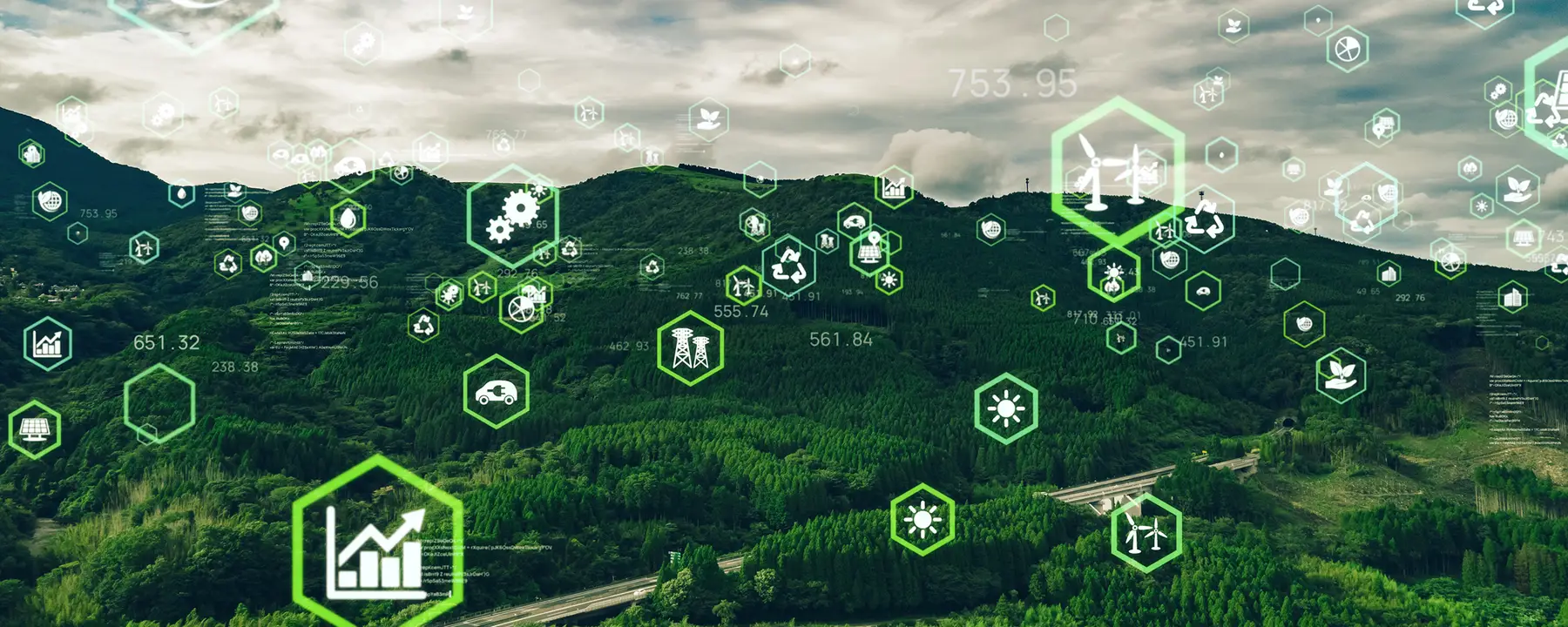NOAA Sea Level Rise Projection Modeling Test
The NOAA Sea Level Rise Projection Modeling Test is a critical service designed to provide accurate and reliable data on future sea level rise projections. This test is essential for environmental modeling, climate change adaptation strategies, and sustainable urban planning. By leveraging advanced computational models and historical climate data, we can predict the impacts of rising sea levels on coastal communities and ecosystems.
Sea level rise is one of the most pressing challenges facing our planet today. It poses significant risks to infrastructure, natural habitats, and human settlements. The Intergovernmental Panel on Climate Change (IPCC) projects that global mean sea level could rise by up to 1 meter or more this century under high-emission scenarios. Understanding these projections accurately is crucial for policymakers, urban planners, and environmental stakeholders.
Our service uses the latest in computational modeling techniques to simulate future sea level rise scenarios based on NOAA's Global Sea Level Budget. This involves creating detailed models that account for various factors such as thermal expansion of seawater due to warming temperatures, melting ice caps, and changes in ocean currents. The resulting projections help stakeholders make informed decisions about infrastructure development, flood risk management, and conservation efforts.
The test process begins with data collection and preparation. We gather historical sea level data from NOAA’s Global Sea Level Budget along with other relevant datasets such as temperature records, ice sheet melt rates, and ocean circulation patterns. Once the data is prepared, it is fed into our sophisticated computational models which simulate different scenarios of future sea level rise.
The output from these simulations includes not only projected increases in sea levels but also their spatial distribution across various regions worldwide. This information can be used by researchers to refine existing theories or develop new ones regarding the mechanisms driving sea level change. For example, our tests have helped identify specific areas where rapid ice melt could lead to faster-than-expected rises in local sea levels.
Another key aspect of this service is its role in validating model outputs against real-world observations. By comparing our simulation results with actual measurements from tide gauges around the world, we ensure that our projections are as accurate as possible. This validation process strengthens confidence in the reliability and usefulness of these predictions for decision-makers.
Our team of experts ensures that all aspects of this testing align closely with relevant international standards such as ISO 14064-2:2018 on greenhouse gas inventory and reporting protocols. Compliance with these standards helps ensure consistency across different studies and supports efforts towards global climate agreements like the Paris Agreement.
Accurate sea level rise projections are vital for preparing coastal communities against potential threats posed by rising waters. With our NOAA Sea Level Rise Projection Modeling Test, we provide essential tools that enable stakeholders to anticipate changes in their environments and plan accordingly.
Industry Applications
| Application Area | Details |
|---|---|
| Urban Planning | City planners use these projections to design resilient infrastructure that can withstand future flood risks. |
| Insurance Industry | Insurers rely on accurate sea level rise data when assessing risk and setting premiums for coastal properties. |
| Environmental Research | Scientists use these projections to study the impacts of rising seas on marine ecosystems and biodiversity. |
| Government Agencies | Federal, state, and local government agencies incorporate these predictions into disaster preparedness plans. |
| Recreational Water Sports | Organizations involved in water sports activities monitor sea level rise trends to ensure safety for participants. |
International Acceptance and Recognition
The NOAA Sea Level Rise Projection Modeling Test is widely recognized both domestically and internationally. It aligns with the methodologies prescribed by the National Oceanic and Atmospheric Administration (NOAA) and has been adopted as a standard practice in many countries around the world.
In terms of international recognition, this service complies with several key standards including those set forth by the International Organization for Standardization (ISO). Specifically, it adheres to ISO 14064-2:2018 which provides guidelines on greenhouse gas inventory and reporting protocols. Compliance with these international standards enhances credibility and ensures consistency in our testing practices.
Furthermore, this service has been endorsed by numerous governmental bodies including the United Nations Framework Convention on Climate Change (UNFCCC). The UNFCCC recognizes the importance of accurate sea level rise projections for addressing climate change impacts effectively at a global scale. By participating in international initiatives and contributing to collaborative research projects, we continue to enhance our understanding of how rising seas affect various sectors.
The widespread adoption of this service underscores its value in providing reliable information that supports informed decision-making processes globally. Whether it's for local municipalities crafting adaptation strategies or multinational corporations evaluating investment opportunities in coastal regions, the NOAA Sea Level Rise Projection Modeling Test plays a crucial role in ensuring robust planning and response efforts.
Environmental and Sustainability Contributions
Supports sustainable urban development by enabling planners to design resilient infrastructure that can withstand future flood risks.
Facilitates insurance industry practices that ensure accurate risk assessment, contributing to financial stability in coastal communities.
Aids environmental research efforts aimed at understanding and mitigating the impacts of rising seas on marine ecosystems and biodiversity.
Enhances government disaster preparedness plans through precise projections that inform effective response measures during emergencies.
Promotes recreational water sports activities by monitoring sea level rise trends to ensure participant safety.
By contributing to these areas, our service plays a vital role in promoting environmental sustainability and resilience against climate change impacts. Through rigorous testing methods based on robust scientific principles and international standards, we strive to provide reliable data that supports sustainable practices across various sectors.





